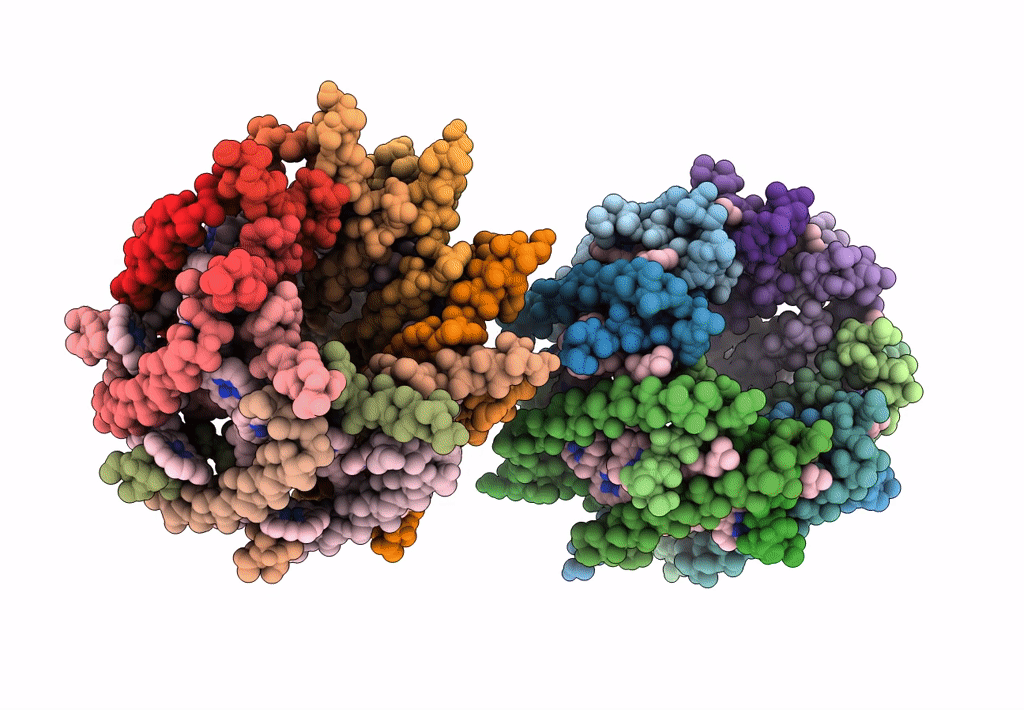
Deposition Date
2022-11-29
Release Date
2023-07-19
Last Version Date
2024-06-19
Entry Detail
PDB ID:
8FB9
Keywords:
Title:
LH2-LH3 antenna in anti parallel configuration embedded in a nanodisc
Biological Source:
Source Organism:
Magnetospirillum molischianum (Taxon ID: 1083)
Method Details:
Experimental Method:
Resolution:
6.40 Å
Aggregation State:
PARTICLE
Reconstruction Method:
SINGLE PARTICLE


